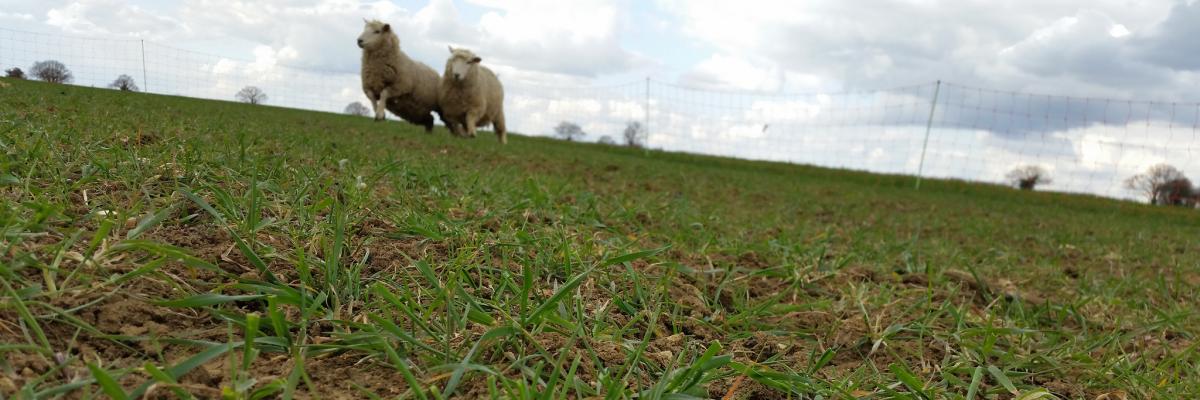
Livestock and the arable rotation
Download the PDF
Farmers of arable enterprises are increasingly looking at the potential of incorporating livestock within arable rotations, largely due to financial and environmental sustainability reasons. It can bring multiple advantages such as improving soil health and weed management, and through working with other farming enterprises, income streams can be diversified and the risks of production spread. This new AHDB publication looks at how an arable business can work with livestock businesses to optimise both enterprises. Split into options for working with others, and information on leys, cover crops, forage crops, maize, outdoor pig production and manures, it presents some of the opportunities available, as well as key things to consider. It includes information on markets, contracts, infrastructure, logistics and some of the advantages and disadvantages. It also includes some farm case studies that illustrate the potential of working in partnership with livestock enterprises.
- You can use grass and clover leys within an arable rotation to help manage weed problems i.e. black-grass and build soil fertility.
- Ley variety selection is key when establishing grass. Some varieties perform better under silage than under grazing and vice versa. Selecting the correct variety can significantly impact on financial returns.
- Treat leys like an arable crop - aiming for good soil structure and nutrient supply to ensure yields are maximised.
- You can use cover crops in arable rotations to help improve soil fertility and structure, manage weeds and pests, and for short-term animal grazing.
- For cover crops of the same family it is important to consider potential rotational conflicts in terms of pest and disease carry-over.
- Forage crops can provide nutritious, cost-effective feeds for cattle and sheep. However they do not fit into every system and site selection is crucial.
- Farm location, soil type, altitude and field aspect must be carefully considered before deciding if and where to grow maize.
- Outdoor pig production systems can work well in an arable rotation and increase soil health, structure and fertility.
- Key to the success of using livestock manures is to integrate them fully into nutrient management plans. It is critical to use them in the way that best fits crop requirements.

